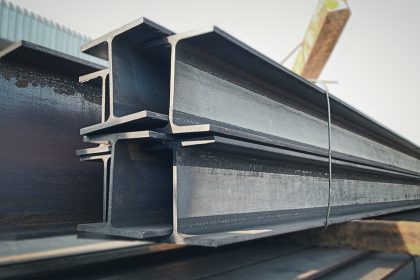Rates see steady decline
U.S. mortgage rates are sliding, creating fresh opportunities for some homeowners to refinance. The average 30-year fixed mortgage slipped to 6.58% in mid-August, down from 6.63% the week before, according to Freddie Mac. Rates are now a full point and a half below their October 2023 peak, when they nearly reached 8%.
Refinancing activity rises
Lower borrowing costs are fueling a rebound in refinancing. Data from the Mortgage Bankers Association shows refinance applications climbing to their strongest pace in four weeks, representing 42% of total mortgage applications. While most borrowers already hold loans too cheap to benefit, nearly 19% of mortgages still carry rates above 6%, leaving room for savings.
Why rates are dropping
Despite the Federal Reserve holding its policy rate steady, mortgage rates have followed the decline in 10-year Treasury yields, which track investor expectations about economic growth. Recent weak data pushed yields lower, pulling mortgage rates down with them. Analysts note that bond markets are quick to price in expectations of a potential Fed rate cut as early as September.
When refinancing makes sense
Experts suggest refinancing if your mortgage rate is at 6% or higher, particularly if it is closer to 7%. Still, refinancing comes with upfront costs, often between 2% and 6% of the loan amount. That means borrowers should plan to stay in their homes for at least a few years to recover closing expenses. Savings typically become attractive when the new rate is at least 50 basis points lower than the current one, and almost certain if it is a full percentage point lower.
Weighing the costs
With closing fees ranging from $3,000 to $9,000 on a $150,000 mortgage, homeowners need to balance potential savings against costs and personal plans. Those who expect to sell in the near term may find refinancing less worthwhile. For others, today’s lower rates could lock in meaningful long-term relief.






